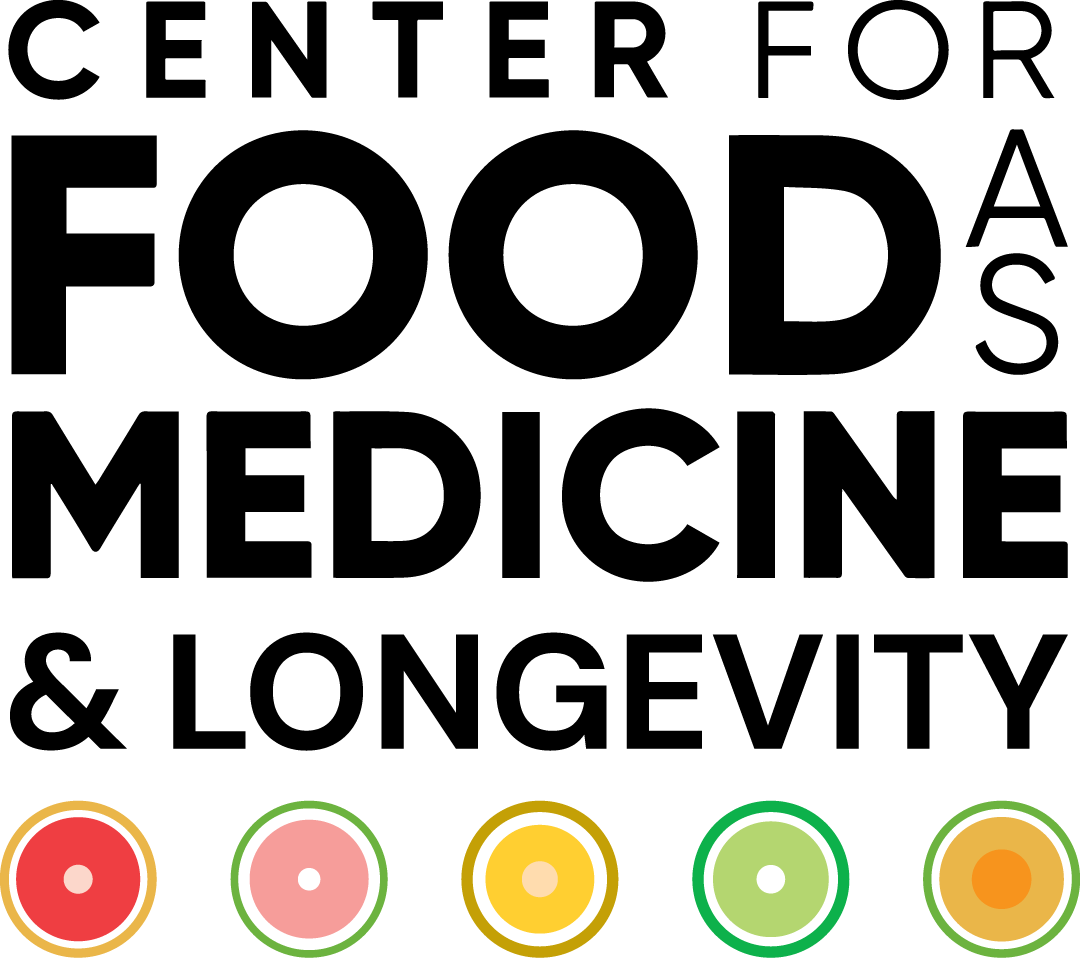“What we do in life ripples in eternity.”
— Marcus Aurelius
Previous columns (here and here) have touched on the subject of PFAs, per- and polyfluoroalkyl substances, or, as they are commonly referred to, ‘forever chemicals.’ It is a large group of chemicals consisting of over 4,700 different compounds. In those previous columns, we discussed how they make their way into our food system and the havoc that they can cause. One of the major concerns beyond the economic impact, estimated at €50-80 billion across Europe, is that once ingested, they last, well, forever. Getting rid of these contaminants in both the environment and our bodies has proved difficult. As they accumulate over time, PFAs are a significant environmental and food-related health risk. Previous studies have documented a high prevalence of these compounds in the blood of Americans and Europeans.[1]
But it turns out that with the help of our wee minions, also known as the human gut microbiota, forever may not be as long as we thought.
- The study examined the ability of gut bacteria to sequester pollutants.
- Forty-two common pollutants were selected for testing based on reported occurrence in food and for representation of different classes, including pesticides, food contact materials, and industrial chemicals.
- A total of 13 pollutants were found to be depleted by more than 20%.
- Among the pollutants found to be depleted were two common PFAs, perfluorooctanoic acid (PFOA) and perfluorononanoic acid (PFNA).
- The specific strains that performed the degradation of these “forever chemicals” included Bacteroides caccae, Bacteroides clarus, Bacteroides dorei, Bacteroides stercoris, Bacteroides thetaiotaomicron, Bacteroides uniformis, Odoribacter splanchnicus, Parabacteroides distasonis, and Parabacteroides merdae.
The Caveat:
This study revealed that human gut bacteria have a remarkable capacity to bioaccumulate PFAs (per- and polyfluoroalkyl substances). The ability of various members of the human gut microbiome to adapt and deal with environmental toxins, including those self-inflicted as a side effect of modern civilization and food processing, reveals just how remarkably versatile these wee beasties have become over the eons of co-evolving with us to co-metabolize our food.
The study showed that these bacteria accumulate the PFAs compounds within their cells, allowing us to keep them out of our circulation and excrete them in our feces. When exposed to significant levels of ‘forever chemicals,’ the bacteria demonstrated a more than 50-fold enrichment of PFAs within bacterial pellets, implying intracellular concentration in the mM range. That is potentially a considerable risk reduction for us.
The bacteria appear to basically “gobble up” the PFAs and store them in dense clumps within their cells, where they can do minimal damage. In the specific case of B. uniformis, no PFNA was released over 7 days, suggesting that once taken up, the bacteria “take out the garbage.” It is unlikely that bacteria have evolved a specific tolerance mechanism for PFAs, given the relatively low fitness cost and complex selection pressures in the gut environment. More likely, this ability reflects a more general adaptive trait.
The ability to perform this service does not come without a cost. Cells demonstrated changes in membrane-related proteins, and altered levels of the amino acids aspartate, glutamate, glutamine, and kynurenine. How these and perhaps other undetected changes affect the overall microbial community and subsequently our health as their hosts remains unknown. This groundbreaking research reveals that gut bacteria may play a crucial role in PFAs distribution and elimination in the human body, potentially influencing both exposure levels and health outcomes from these persistent environmental contaminants. As these bacteria are typically found in a healthy human gut microbiota, it also reinforces the necessity of choosing to consume foods that engender and sustain a healthy gut microbiome.
[1] (EEA, Lewis)
The Study:
Additional references:
Calafat, A. M. et al. Serum concentrations of 11 polyfluoroalkyl compounds in the U.S. population: data from the National Health and Nutrition Examination Survey (NHANES). Environ. Sci. Technol. 41, 2237–2242 (2007).
Calafat, A. M., Wong, L. Y., Kuklenyik, Z., Reidy, J. A. & Needham, L. L. Polyfluoroalkyl chemicals in the U.S. population: data from the National Health and Nutrition Examination Survey (NHANES) 2003–2004 and comparisons with NHANES 1999–2000. Environ. Health Perspect. 115, 1596–1602 (2007).
Chiu, K., Warner, G., Nowak, R. A., Flaws, J. A. & Mei, W. The impact of environmental chemicals on the gut microbiome. Toxicol. Sci. 176, 253–284 (2020).
European Commission Contaminants https://ec.europa.eu/food/safety/chemical_safety/contaminants_en
Fan, Y. & Pedersen, O. Gut microbiota in human metabolic health and disease. Nat. Rev. Microbiol. 19, 55–71 (2021).
Lewis, R. C., Johns, L. E. & Meeker, J. D. Serum biomarkers of exposure to perfluoroalkyl substances in relation to serum testosterone and measures of thyroid function among adults and adolescents from NHANES 2011–2012. Int. J. Environ. Res. Public Health 12, 6098–6114 (2015).
Lindell, A. E., Zimmermann-Kogadeeva, M. & Patil, K. R. Multimodal interactions of drugs, natural compounds and pollutants with the gut microbiota. Nat. Rev. Microbiol. 20, 431–443 (2022).

